These places are like a window through time.
Could be a day in the lavishing life of royals, or staring in the hypnotizing eyes of the aerial haven of Gujrat, a tour of the Indus valley civilizations development through the years or the peaceful history of Jainism.
The following spots make sure every traveller understands why Gujarat is proud of its heritage.
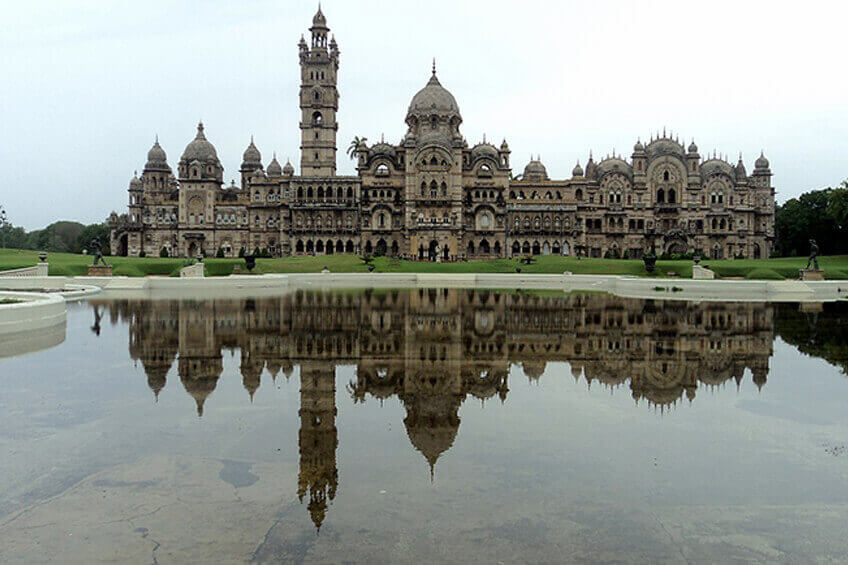
This full-throttle 19th-century Indo-Saracenic flourish is the most impressive Raj-era palace in Gujrat. Its elaborate interiors boast of well-maintained mosaics, chandeliers and artworks in its halls. The navkhali stepwell in the premises is an ancient water resource system built by kinds to quench the parched lands of Gujarat.
There is golf course, LVP Banquets& convention, Moti Baug Palace, Maharaja Fateh Singh Museum, Moti bhag cricket ground, badminton ground and indoor teak floor tennis court for the visitors.
Its Royal ambience gives a taste of how the aristocrats lived in the 19th Century.
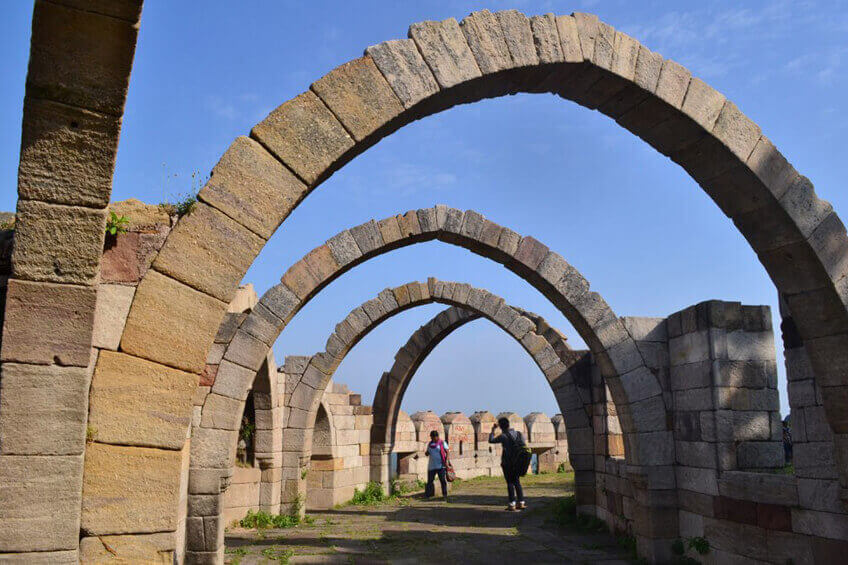
A UNESCO Heritage site, Champaner is one of the most engaging historical attractions of Gujarat.
The unchanged only Islamic – Mughal city still offers an authentic flavour of the architecture of the era.
Citing its stories from the ruins of various battles, it’s a popular destination amongst the historians.
The citadel at the heart of the city impresses everyone with 16th century monumental mosques with a beautiful blend of Islamic and Hindu architecture.
Just outside the east gate of the citadel, are intricately carved entrance porches that lead into a lovely courtyard surrounded with pillared corridors. The carvings grab the attention of every traveler wanting to know the past of Champaner.
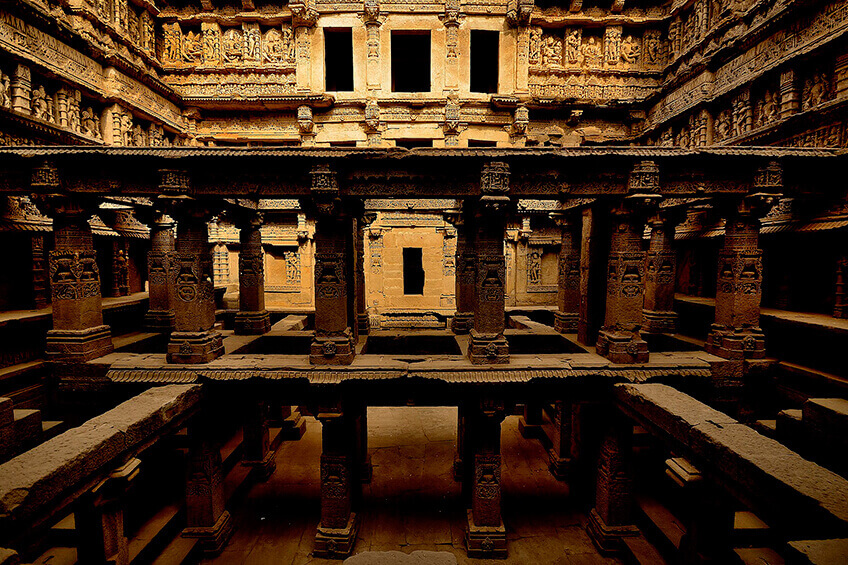
One of the oldest and finest step wells in Gujarat, Rani ki vaav has Steps that lead down through multiple levels with lines of carved pillars and more than 800 sculptures related to Vishnu-avatar , as well as striking geometric patterns. Flaunting its superior craftsmanship of the era , it was designed as an inverted temple.
Built in 1063 by Rani Udayamati of the Chaulukya Dynasty to commemorate her husband, it has been listed as one of UNESCO’s World Heritage sites and welcomes admirers and historians alike.
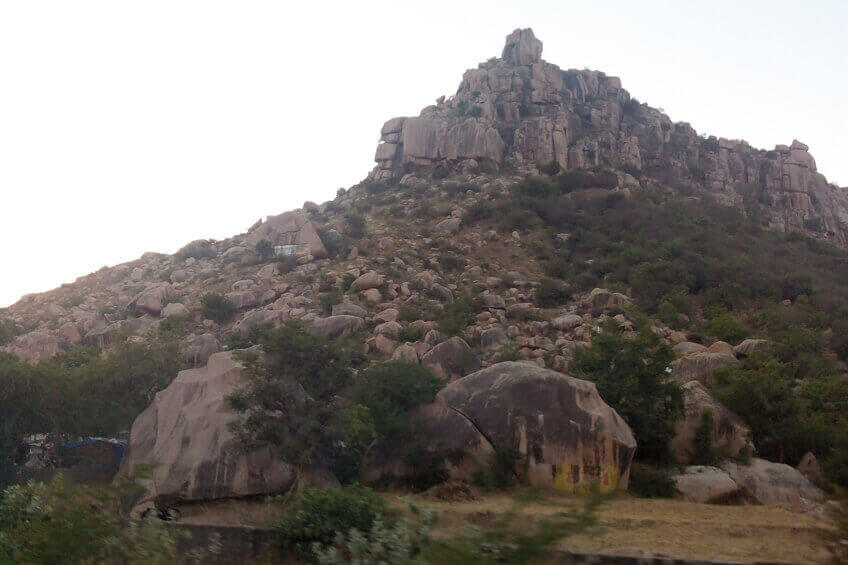
Protected by the Aravali mountains range, Idar hill fort is a palace fort built in the twentieth century. It is a popular trekking location overseeing the Aravali and Sahyadri range and offers a great view of the valley.
38 km from vijaynagar, it is home to many large temples and smaller signs of worship scattered along the hill.
A famous camping spot, a trip to Idar hill fort is the best if you want to spend a night under the stars with your friends
Known for alluring people with its mystical dense jungle filled with secrets, hideouts, ancient temples and Adivasi settlements, Polo Forest has been satisfying curious minds with its labrynth of anecdotes and myths since a long time. Built around the river Harnav, it is said to be established in the 10th century.
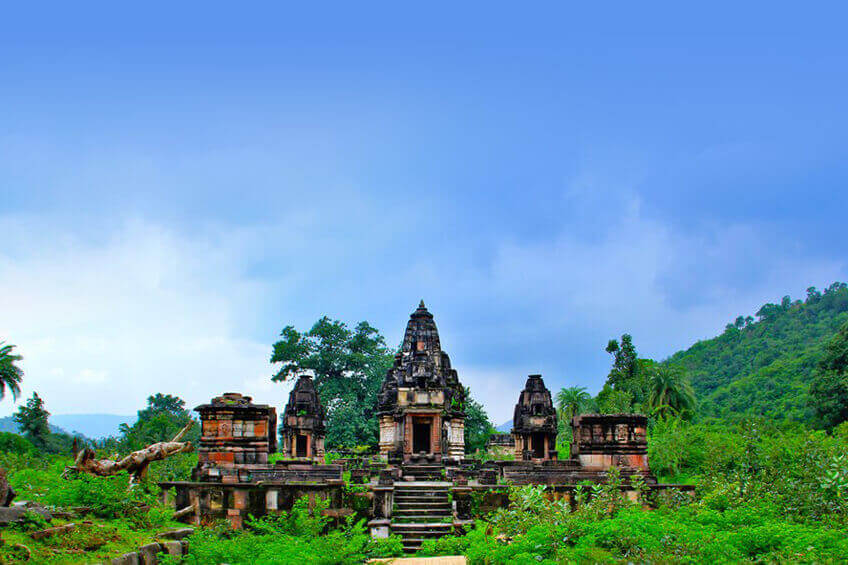
Home to than 450 species of medicinal plants, around 275 of birds, 30 of mammals, and 32 of reptiles, the 400 square km area provides a rich wildlife experience to all who love jungle safaris.
This enrapturing forest is leaving a deep hum of the world that envelops these scattered whispers of its fables.
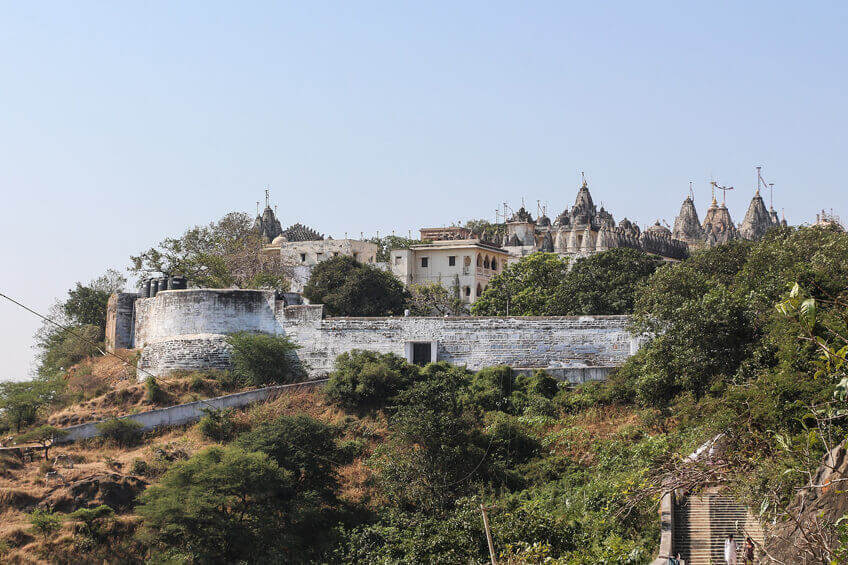
Known as the “place of victory over inner enemies” , Shatrunjaya Hill is one of the holiest of places for the ‘Swetambara’ Jains. Located at Palitana town in Bhavnagar district of Gujarat, It is a hill where most of the tirthankaras also called jina’s attained nirvana.
At the peak of Shatrunjaya Hill, one can enjoy the amazing view of the city of palitana and the serene shetrunji river that passes by.
The climb up is 3.5 km and takes 2-3 hours, making it the perfect location if one is searching for a tranquil trek.
Literally translating to ‘tap lake’, This aerial haven of 121 km attracts various kinds of bird species. It has 36 small islands enabling the birds to roam around freely without any conflicts.
The different myriad of migratory birds seeking sanctuary there, has deemed Nalsarover as the biggest wetland bird sanctuary in the state.

With as many as 250 species passing through in the winters, Nalsarovar is a wetland of international importance. There is an interpretation centre here which offers details on birds and the habitat, especially flamingos, egrets, herons, pelicans, ducks, cormorants and cranes for all those who wish to know more about the flocks.
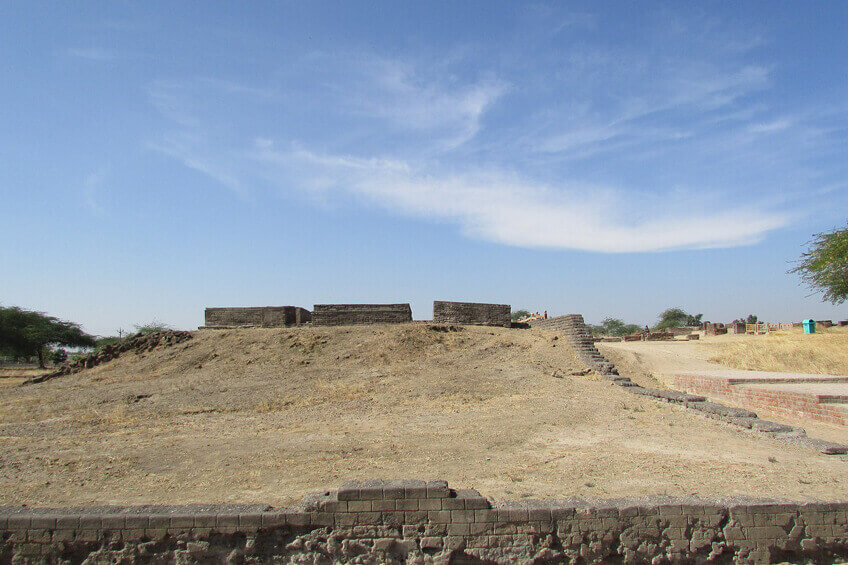
One of the most important of the Indus Valley civilization, Lothal was inhabited during 3700 BCE and was a thriving trading port. A combination of 2 words Loth and thal which is Gujarati mean the mount of the dead, this city has offered the greatest number of antiquities in the archaeology of modern India.
Artefacts proved the possibility of trade with Mesopotamia, Egypt and Persia in the township unearthed here. Walking through the site makes every tourist encaptivated by the stories the ruins still echo off
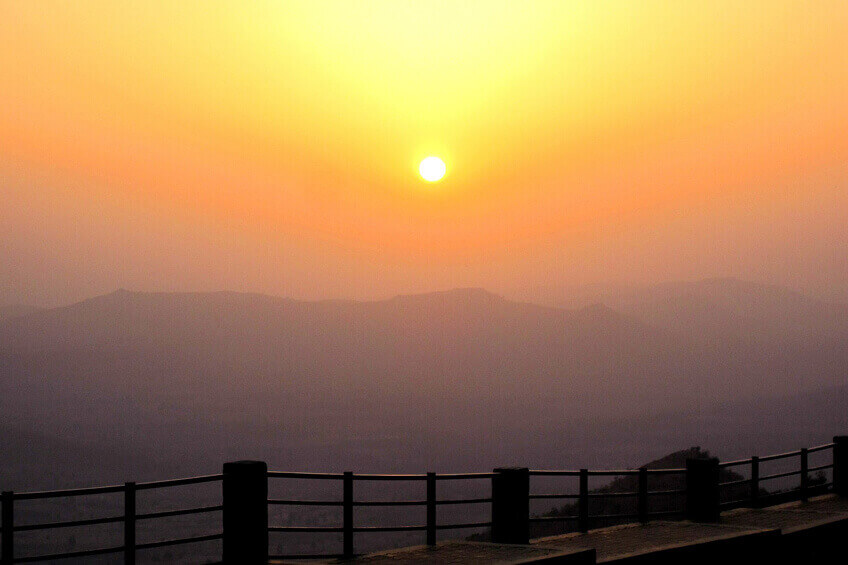
Whether its trekking up to the Gandhi shikhar at the spill of dawn or breathing in the rolling hills of satpara, marveling its lush flora or seeing the sun dive in the satpara lake , This place feels like nature’s womb.
Leaving all the hustle of towns and cities far below you and you enter the spirit world of tribal people, nestled in the Sahyadri range, saputara derives its name from the Snake god revered by the tribal and translates as ‘the abode of serpents’.
A visit to the only hill station in Gujarat should definitely be in your itinerary.
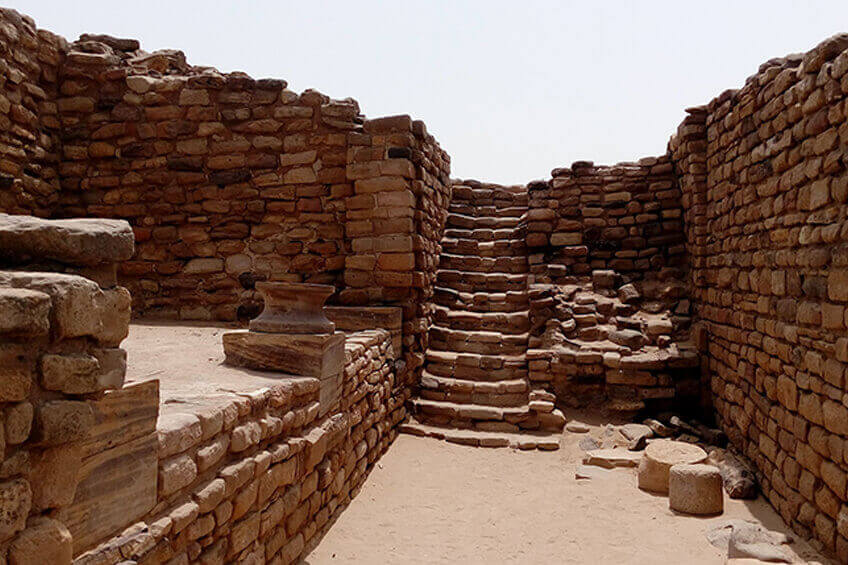
Dholavira is the largest excavation of the Indus Valley Civilization dating back to 4500 years ago. Surrounded by the Great Rann of Kutch, it gives us a glimpse into the harappan minds, with one of the world’s first and best planned water conservation system and what would’ve been the world’s first signboards, written in ancient Indus script.
The site narrates the 7 stages of the civilization, from maturity to decay . Spread across 100 acres, this place gives goosebumps to every traveler with details and modernity of that time.
At this time of our civilization, as the proof of our technological development, our social and material complexity, we tend to think it all points to progress. And yet, all is not known and once in a while it occurs to us to glance into the past to discover our future.
The antiquity of all these places proves how we all tend to see till the horizon, not beyond it.
“Kuchh Din Toh Guzaaro Gujarat Mein” (spend a few days in Gujrat) is a perfect slogan to attract tourists from all over the world , because that’s all you need to fall in love with this magical place where time sometimes stands still.
